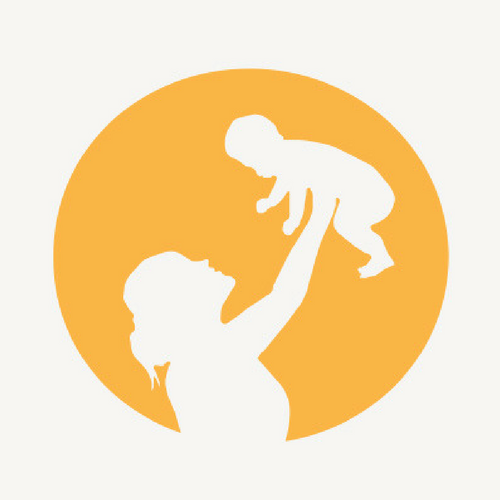Q&A with Dr. Kofi Essel: AJPH Special Series on Nutrition in the 1,000-Day Window
An interview with Dr. Kofi Essel, Community Pediatrician, Children’s National Hospital
What inspired you to become a pediatrician?
I always found the field of pediatrics to be a very fertile ground. Families are interested in the wellbeing of their children, doing whatever it takes to improve the health of the next generation. This made my clinical experiences very positively reinforcing as we engaged in effective, shared decision-making. In addition, my mentors in my early training were all pediatricians and huge community advocates. I knew I wanted my career to expand beyond the clinical examination room, and I found the opportunity to advocate for marginalized young children and families to be meaningful and necessary.
Your recently published a paper entitled, “The first 1,000 days: A Missed Opportunity for Pediatricians.” Why are the first 1,000 days important?
The first 1,000 days are a critical stage for young children. Unfortunately, healthcare is often very reactionary and prioritizes management and treatment of disease. However, the opportunity to engage young children and families in prevention and take advantage of these early years to optimize brain development and maturation, eating patterns, and healthy family relationships is critical. We know that children are incredibly vulnerable during these first 1,000 days and small insults to their brain and environment can cause permanent challenges down the line. Helping families and creating systems that protect and support the most vulnerable is essential for our nation.
Why is this a missed opportunity for pediatricians?
This article gave me a chance to highlight the gaps in nutrition education for future and practicing providers, but also magnify the importance of pediatricians like myself to take the mantle to support our young children and families. Systemic change is crucial and necessary, but the need for strong counseling and advocacy is always going to be an important piece of the puzzle. The gap in nutrition education is a disservice to our patients, so I call on our training programs to recognize the essential nature of equipping our current and future pediatricians with the knowledge, tools, and skill to work alongside our patients and through shared decision-making support their desire to optimize the health of their children. We also must remember that the 21st century clinician must engage using modern tools of integration. We must seamlessly integrate our clinical work with population health to provide more voices to advocate for the changes needed that our families share with us each and every day.
How does your awareness of nutrition in the 1,000-day window influence who you are as a pediatrician and what you prioritize?
I truly believe nutrition is a powerful tool that I use in my clinical arsenal, and it deserves more attention. Food is medicine, and I use this medicine with confidence in the same way I have developed confidence in the tried-and-true inhalers, pills, and liquid solutions that my prescriptions help my families acquire. Unfortunately, as a pediatrician I realize that the access to the medicine of food is often limited for many populations and this inequity leads to worsening disease with its origins beginning in the womb. As a pediatrician with an awareness of the power of nutrition I am compelled to advocate for programs, tools, and interventions that support equitable access to nutritious foods so that all my families can have a chance from the start.
What needs to happen to support pediatricians with this opportunity?
In order to support pediatricians to use food and nutrition as medicine to impact the first 1,000 days of young children, it is important to keep a few things in mind:
- Incorporate required, high-quality, substantial and practical nutrition education in medical schools and residency training, so that future providers become aware of its necessity.
- Ensure curricula that inform current and future providers engage with the tangible social needs that are ubiquitous throughout the country, such as food and nutrition security. If not integrated into training, we set the stage for worsening inequities by only promoting a message that appears unreachable for many.
- We often focus on the challenges within communities, but we need to recognize their strengths and assets. Pediatricians need support to screen families for food insecurity and must have in place strong, community, clinical-collaborative referral programs to seamlessly connect families from clinics and health systems to meaningful, nutrition-based, local and federal programs as needed and beneficial (i.e. food as medicine, local pantries, community cooking classes, WIC, SNAP, etc).
- Systems change requires systemic solutions. To redirect the health system will require more than a few pediatric advocates on the ground, but rather larger licensing bodies and federal policy to turn the tide, such as the recent bipartisan resolution authored by Congressman McGovern & Burgess in May of 2022 calling for “substantial training in nutrition” for physicians.







